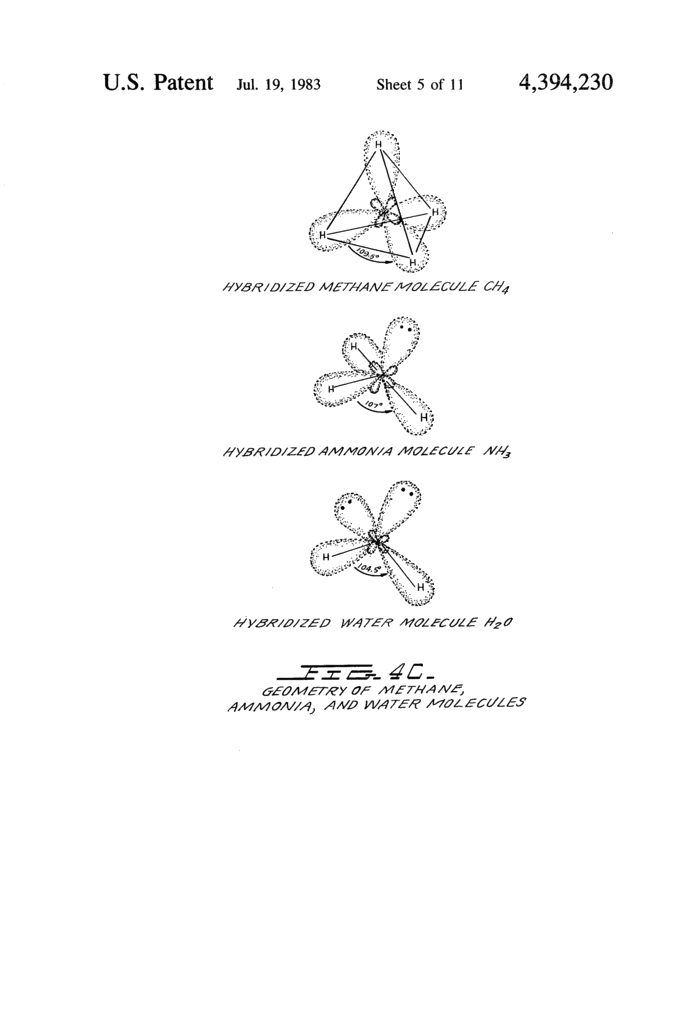Check this thread out, i think Michael John Nunnerley  has shown us the missing piece of the puzzle
has shown us the missing piece of the puzzle 
http://www.energeticforum.com/renewa...tml#post150684

 has shown us the missing piece of the puzzle
has shown us the missing piece of the puzzle 
http://www.energeticforum.com/renewa...tml#post150684











 )
)

Comment